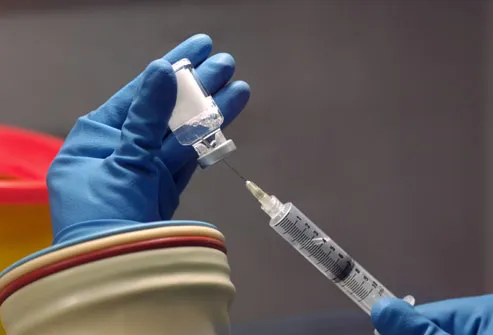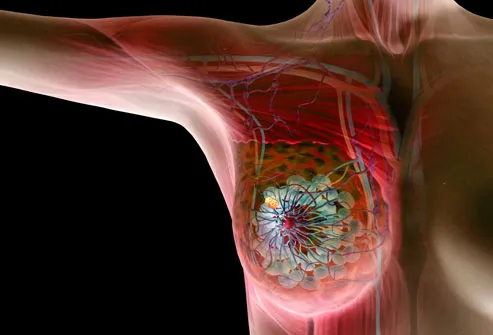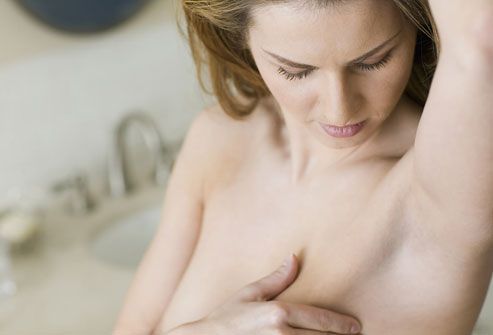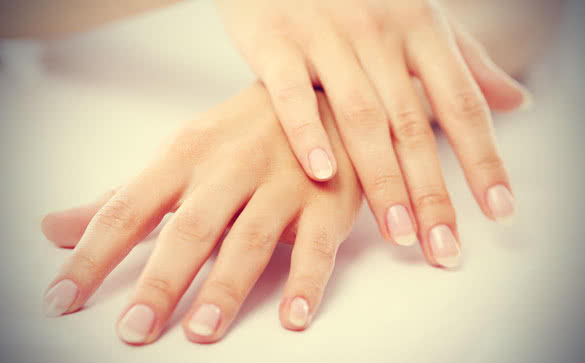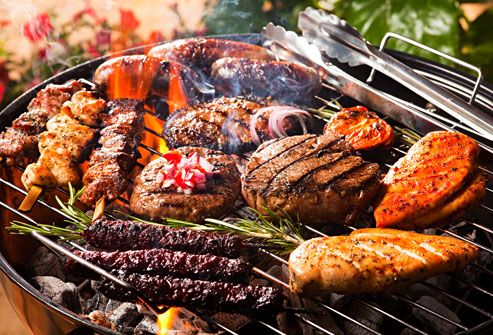Lifestyle plays an important role in treating your high blood pressure.
If you successfully control your blood pressure with a healthy
lifestyle, you may avoid, delay or reduce the need for medication.
Here are 10 lifestyle changes you can make to lower your blood pressure and keep it down.
1. Lose extra pounds and watch your waistline
Blood pressure often increases as weight increases. Losing just 10
pounds (4.5 kilograms) can help reduce your blood pressure. In general,
the more weight you lose, the lower your blood pressure. Losing weight
also makes any blood pressure medications you're taking more effective.
You and your doctor can determine your target weight and the best way to
achieve it.
Besides shedding pounds, you should also keep an eye on your waistline.
Carrying too much weight around your waist can put you at greater risk
of high blood pressure. In general:
- Men are at risk if their waist measurement is greater than 40 inches (102 centimeters, or cm).
- Women are at risk if their waist measurement is greater than 35 inches (89 cm).
- Asian men are at risk if their waist measurement is greater than 36 inches (91 cm).
- Asian women are at risk if their waist measurement is greater than 32 inches (81 cm).
2. Exercise regularly
Regular physical activity — at least 30 to 60 minutes most days of the
week — can lower your blood pressure by 4 to 9 millimeters of mercury
(mm Hg). And it doesn't take long to see a difference. If you haven't
been active, increasing your exercise level can lower your blood
pressure within just a few weeks.
If you have prehypertension — systolic pressure between 120 and 139 or
diastolic pressure between 80 and 89 — exercise can help you avoid
developing full-blown hypertension. If you already have hypertension,
regular physical activity can bring your blood pressure down to safer
levels.
Talk to your doctor about developing an exercise program. Your doctor
can help determine whether you need any exercise restrictions. Even
moderate activity for 10 minutes at a time, such as walking and light
strength training, can help.
But avoid being a "weekend warrior." Trying to squeeze all your exercise
in on the weekends to make up for weekday inactivity isn't a good
strategy. Those sudden bursts of activity could actually be risky.
3. Eat a healthy diet
Eating a diet that is rich in whole grains, fruits, vegetables and
low-fat dairy products and skimps on saturated fat and cholesterol can
lower your blood pressure by up to 14 mm Hg. This eating plan is known
as the Dietary Approaches to Stop Hypertension (DASH) diet.
It isn't easy to change your eating habits, but with these tips, you can adopt a healthy diet:
- Keep a food diary. Writing down what you eat, even
for just a week, can shed surprising light on your true eating habits.
Monitor what you eat, how much, when and why.
- Consider boosting potassium. Potassium can lessen
the effects of sodium on blood pressure. The best source of potassium is
food, such as fruits and vegetables, rather than supplements. Talk to
your doctor about the potassium level that's best for you.
- Be a smart shopper. Make a shopping list before
heading to the supermarket to avoid picking up junk food. Read food
labels when you shop and stick to your healthy-eating plan when you're
dining out, too.
- Cut yourself some slack. Although the DASH diet is
a lifelong eating guide, it doesn't mean you have to cut out all of the
foods you love. It's OK to treat yourself occasionally to foods you
wouldn't find on a DASH diet menu, such as a candy bar or mashed
potatoes with gravy.
4. Reduce sodium in your diet
Even a small reduction in the sodium in your diet can reduce blood
pressure by 2 to 8 mm Hg. The recommendations for reducing sodium are:
- Limit sodium to 2,300 milligrams (mg) a day or less.
- A lower sodium level — 1,500 mg a day or less — is appropriate for
people 51 years of age or older, and individuals of any age who are
African-American or who have high blood pressure, diabetes or chronic
kidney disease.
To decrease sodium in your diet, consider these tips:
- Track how much salt is in your diet. Keep a food diary to estimate how much sodium is in what you eat and drink each day.
- Read food labels. If possible, choose low-sodium alternatives of the foods and beverages you normally buy.
- Eat fewer processed foods. Potato chips, frozen dinners, bacon and processed lunch meats are high in sodium.
- Don't add salt. Just 1 level teaspoon of salt has 2,300 mg of sodium. Use herbs or spices, rather than salt, to add more flavor to your foods.
- Ease into it. If you don't feel like you can
drastically reduce the sodium in your diet suddenly, cut back gradually.
Your palate will adjust over time.
5. Limit the amount of alcohol you drink
Alcohol can be both good and bad for your health. In small amounts, it
can potentially lower your blood pressure by 2 to 4 mm Hg. But that
protective effect is lost if you drink too much alcohol — generally more
than one drink a day for women and men older than age 65, or more than
two a day for men age 65 and younger. Also, if you don't normally drink
alcohol, you shouldn't start drinking as a way to lower your blood
pressure. There's more potential harm than benefit to drinking alcohol.
If you drink more than moderate amounts of it, alcohol can actually
raise blood pressure by several points. It can also reduce the
effectiveness of high blood pressure medications.
- Track your drinking patterns. Along with your food
diary, keep an alcohol diary to track your true drinking patterns. One
drink equals 12 ounces (355 milliliters, or mL) of beer, 5 ounces of
wine (148 mL) or 1.5 ounces of 80-proof liquor (45 mL). If you're
drinking more than the suggested amounts, cut back.
- Consider tapering off. If you're a heavy drinker,
suddenly eliminating all alcohol can actually trigger severe high blood
pressure for several days. So when you stop drinking, do it with the
supervision of your doctor or taper off slowly, over one to two weeks.
- Don't binge. Binge drinking — having four or more
drinks in a row — can cause large and sudden increases in blood
pressure, in addition to other health problems.


